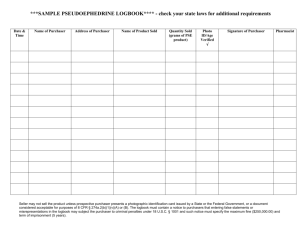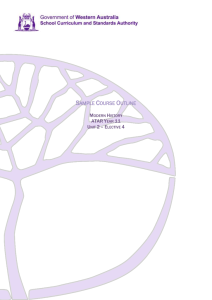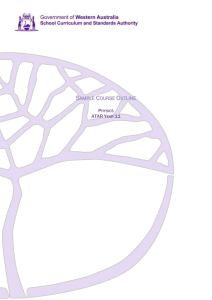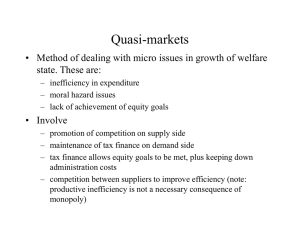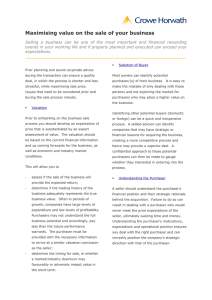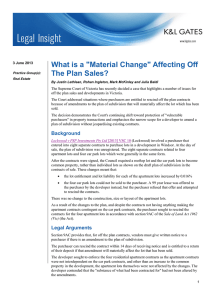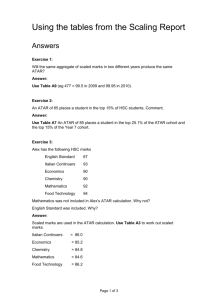A-T-A-R Model - Aquila
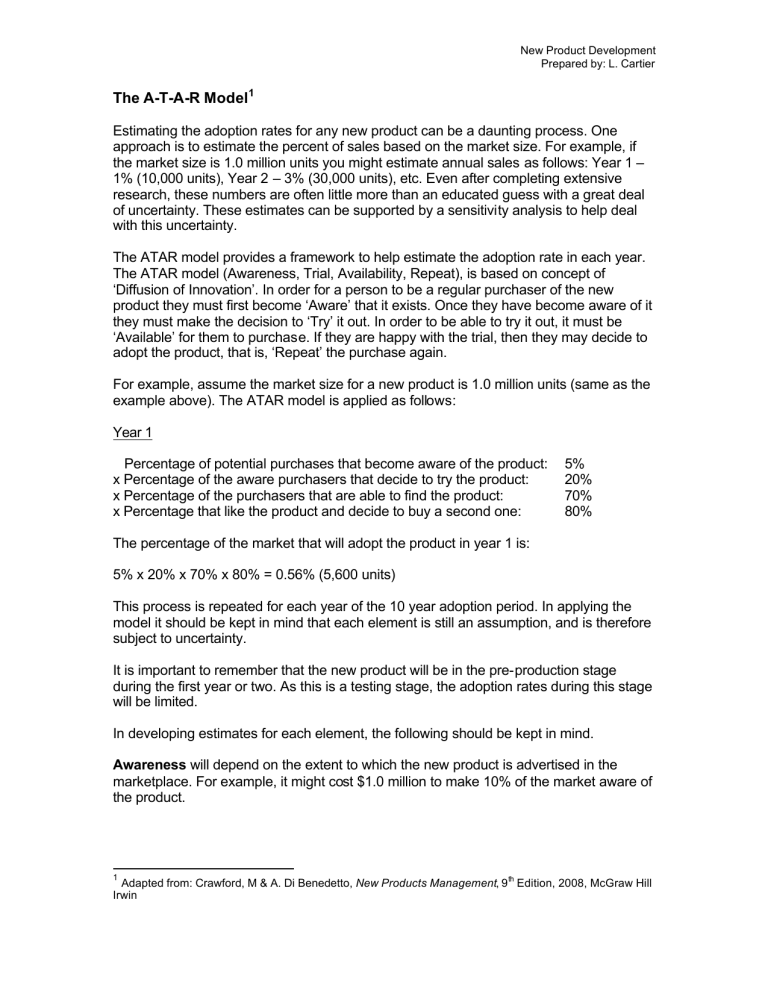
New Product Development
Prepared by: L. Cartier
The A-T-A-R Model
1
Estimating the adoption rates for any new product can be a daunting process. One approach is to estimate the percent of sales based on the market size. For example, if the market size is 1.0 million units you might estimate annual sales as follows: Year 1 –
1% (10,000 units), Year 2 – 3% (30,000 units), etc. Even after completing extensive research, these numbers are often little more than an educated guess with a great deal of uncertainty. These estimates can be supported by a sensitivity analysis to help deal with this uncertainty.
The ATAR model provides a framework to help estimate the adoption rate in each year.
The ATAR model (Awareness, Trial, Availability, Repeat), is based on concept of
‘Diffusion of Innovation’. In order for a person to be a regular purchaser of the new product they must first become ‘Aware’ that it exists. Once they have become aware of it they must make the decision to ‘Try’ it out. In order to be able to try it out, it must be
‘Available’ for them to purchase. If they are happy with the trial, then they may decide to adopt the product, that is, ‘Repeat’ the purchase again.
For example, assume the market size for a new product is 1.0 million units (same as the example above). The ATAR model is applied as follows:
Year 1
Percentage of potential purchases that become aware of the product: 5% x Percentage of the aware purchasers that decide to try the product: x Percentage of the purchasers that are able to find the product:
20%
70% x Percentage that like the product and decide to buy a second one:
The percentage of the market that will adopt the product in year 1 is:
5% x 20% x 70% x 80% = 0.56% (5,600 units)
80%
This process is repeated for each year of the 10 year adoption period. In applying the model it should be kept in mind that each element is still an assumption, and is therefore subject to uncertainty.
It is important to remember that the new product will be in the pre-production stage during the first year or two. As this is a testing stage, the adoption rates during this stage will be limited.
In developing estimates for each element, the following should be kept in mind.
Awareness will depend on the extent to which the new product is advertised in the marketplace. For example, it might cost $1.0 million to make 10% of the market aware of the product.
1
Adapted from: Crawford, M & A. Di Benedetto, New Products Management , 9
Irwin th
Edition, 2008, McGraw Hill
New Product Development
Prepared by: L. Cartier
Trial implies that the customer actually decides to purchase the new product and try it out. Receiving a free sample in the mail does not necessarily mean that they actually tried the product.
Availability relates to the ease with which the purchaser can find the product to purchase. This is directly related to the number of channels (retail stores, internet, etc) that are available to the purchaser.
Repeat means that the trial was successful. In the case of convenience items, the purchaser has decided to make repeat purchases. For one-time shopping goods, or specialty goods purchases, repeat may mean recommending the product to a friend.
